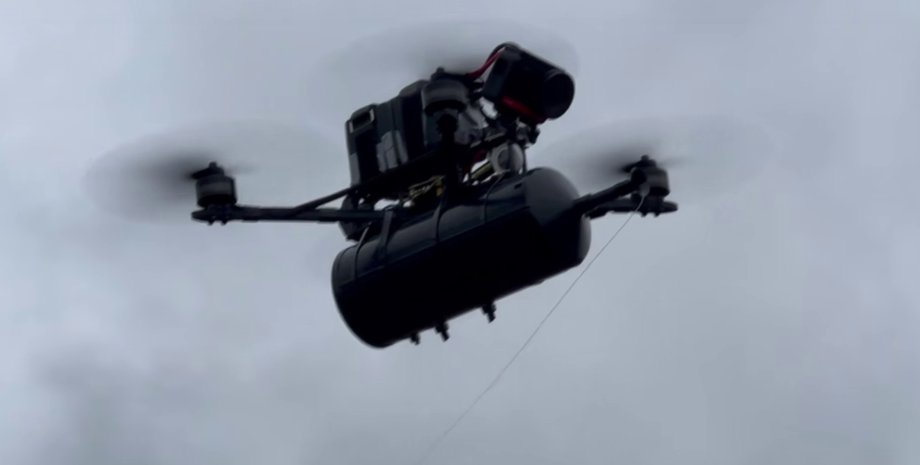
 By Natali Moss
By Natali Moss
"When there are 10-12 kilometers to the front line, the enemy starts to take out all the objects. . . . Electricity has long been out in most places, mobile phone operators are also turned off. The infrastructure is being destroyed by KABs and FPVs," the expert noted. Movement in these territories in this way becomes difficult and causes fear, claims "Flash". In the event that the enemy launches on the territory of the KAB, there is little time left to hide, leaving the open area.
The movement of enemy drones, in particular, UAVs of the "Lightning" type, has to be monitored through FPV detectors, the expert shares his own experience. "Flash" believes that fiber-optic drones are not the biggest danger near the front line. "The worst thing about drones is optically, you can't see them, but they are there. They fly up to 20 km," he said.
When there are remnants of mobile communication facilities on the sites, where you can come across working generators and fuel, then there is no one willing to do it. "Often there is even a generator and fuel for mobile operators at the facility. Take it, run it and wait. There are no interested parties," the expert noted. The Russians have been using fiber-optic drones for a long time in the war with Ukraine.
As explained by the commander of the battalion of unmanned systems of the 12th brigade of the "Azov" NSU with the call sign "Yas", fiber-optic communication in the UAV makes it possible to conduct operations in the mode of complete radio silence, as well as to maintain control even in difficult terrain. Such drones demonstrate better survivability in the conditions of EW, the military said.


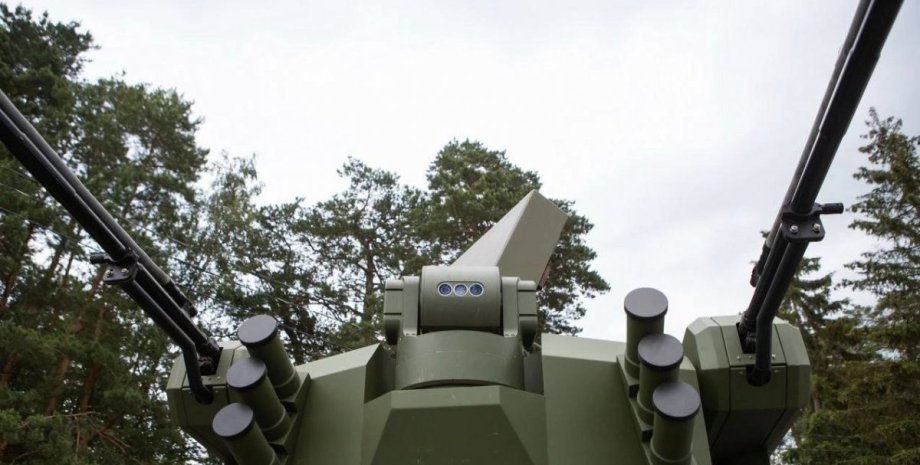



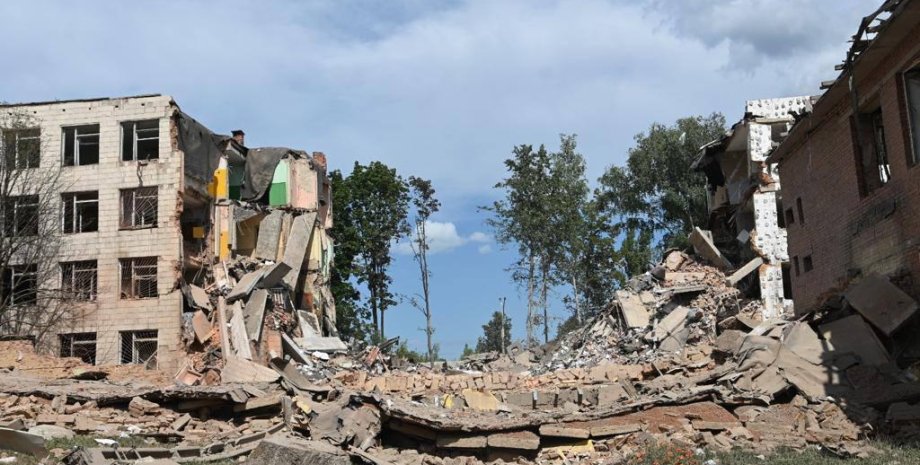
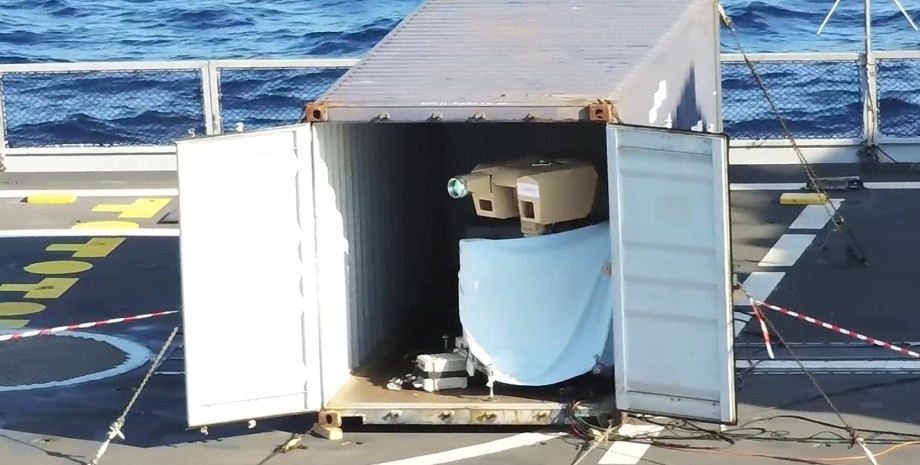

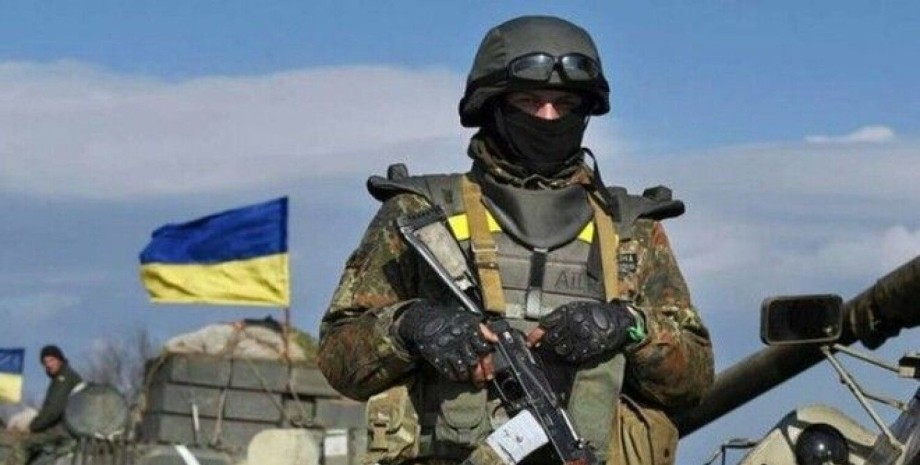
All rights reserved IN-Ukraine.info - 2022